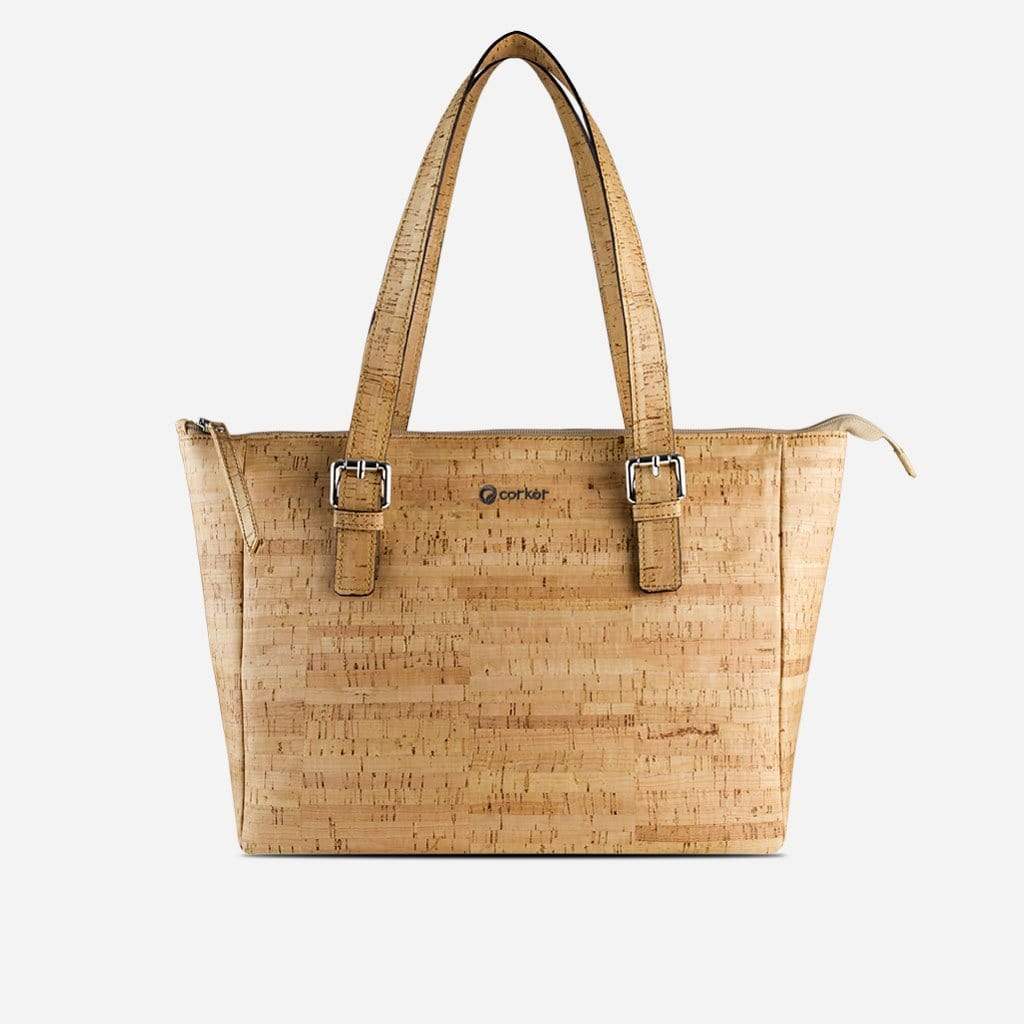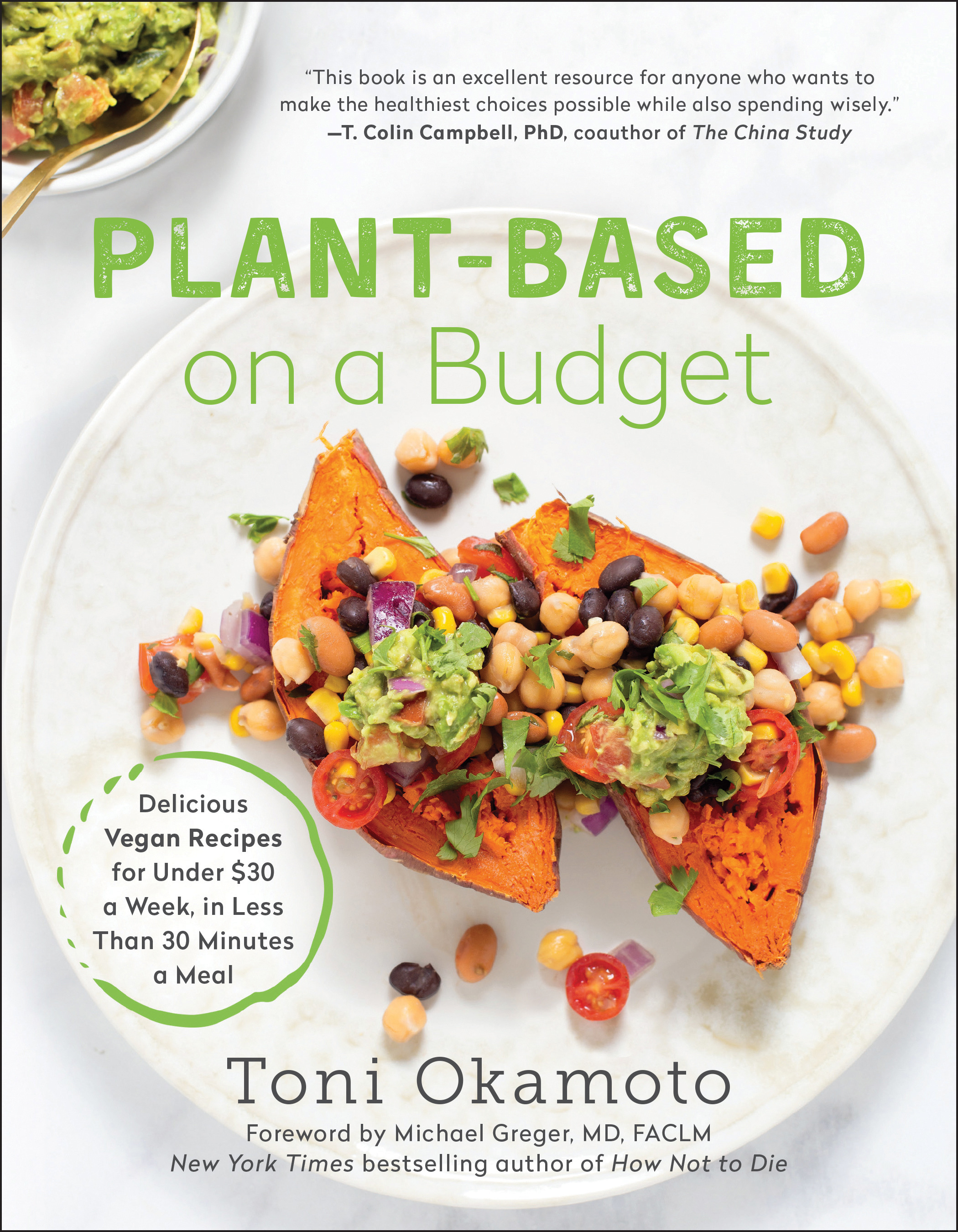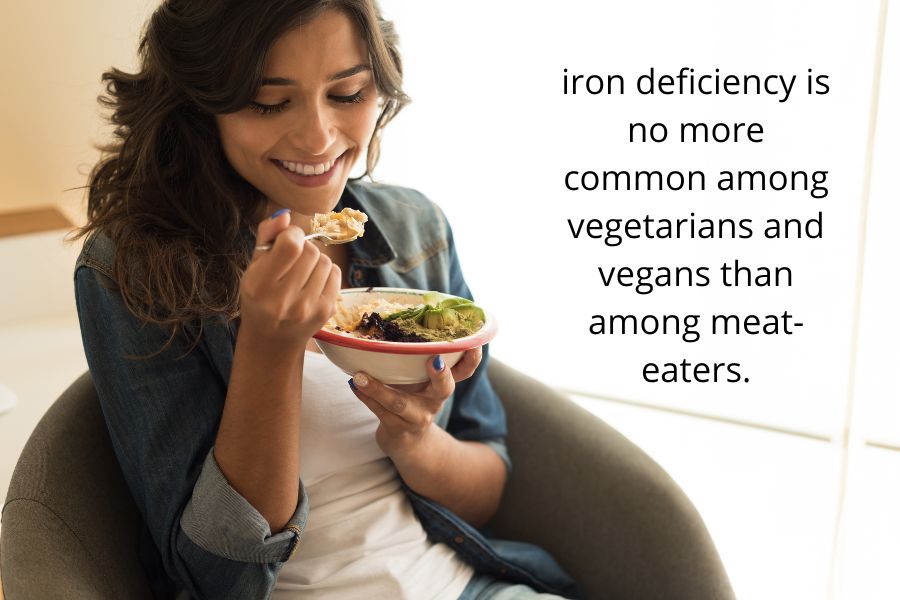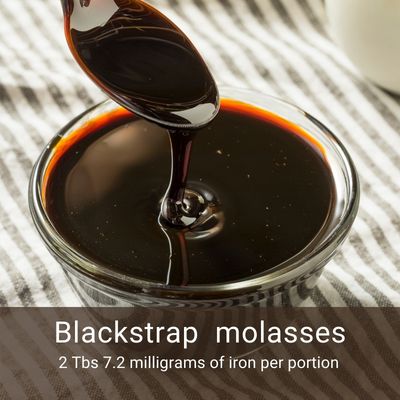Anaemia (anemia) is shared among pregnant women, women of reproductive age and young children. It is because their iron intakes do not meet their body's high demand for iron, especially for those women and young adults, to make up for blood losses associated with the menstrual cycle. In the case of pregnancy, the mother must ensure an adequate supply of iron to the fetus and developing infant. In some instances, there might not be a need for a higher iron requirement considering that existing body iron stores will provide the required, given that menstruation has ceased during pregnancy and intestinal absorption has increased. Iron deficiency anaemia in women who are pregnant may result in infants' premature delivery and low birth weight.
The doctors may prescribe iron supplements to help you reach your body's requirements if the haemoglobin levels show that you are anaemic. Anyone who loses a lot of blood in heavy periods is at a higher risk of deficiency and may need to take prescribed supplements.
According to the WHO, in 2019, the global anaemia prevalence was over half a billion women of reproductive age, while among children aged 6-59 months, it is 269 million. The statistics also show that anaemia in children under five was highest in the region of Africa.
Iron deficiency is not necessarily caused by inadequate dietary intake but may also result from various medical conditions and other factors. Frequent blood donors and cancer patients also have an increased risk of deficiency. Dialysis treatment in people with kidney diseases (chronic renal failure) and people with heart failure can lead to loss of iron. Those with gastrointestinal inflammation or disorders or gastrointestinal surgery may also impair absorption. Excessive intake of zinc and aspirin use could also harm the absorption.































